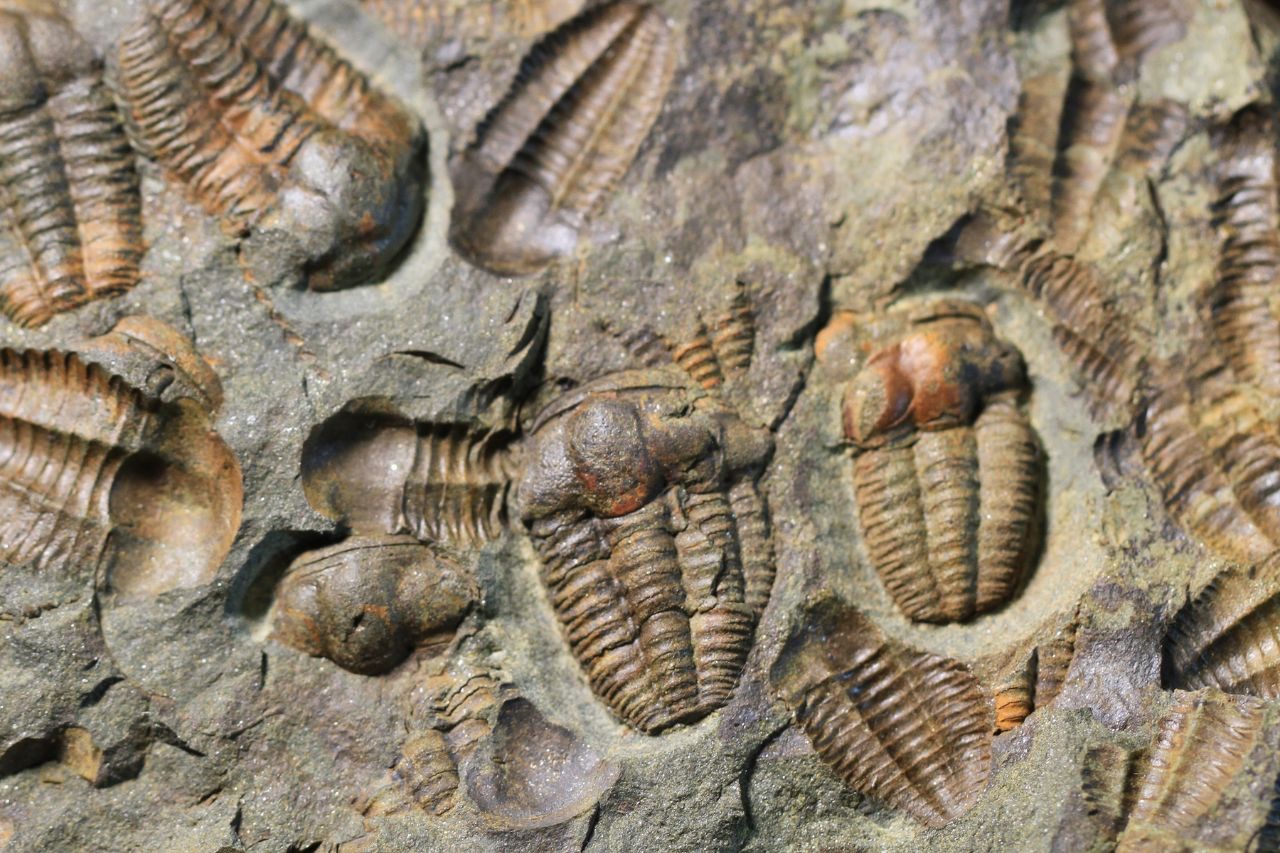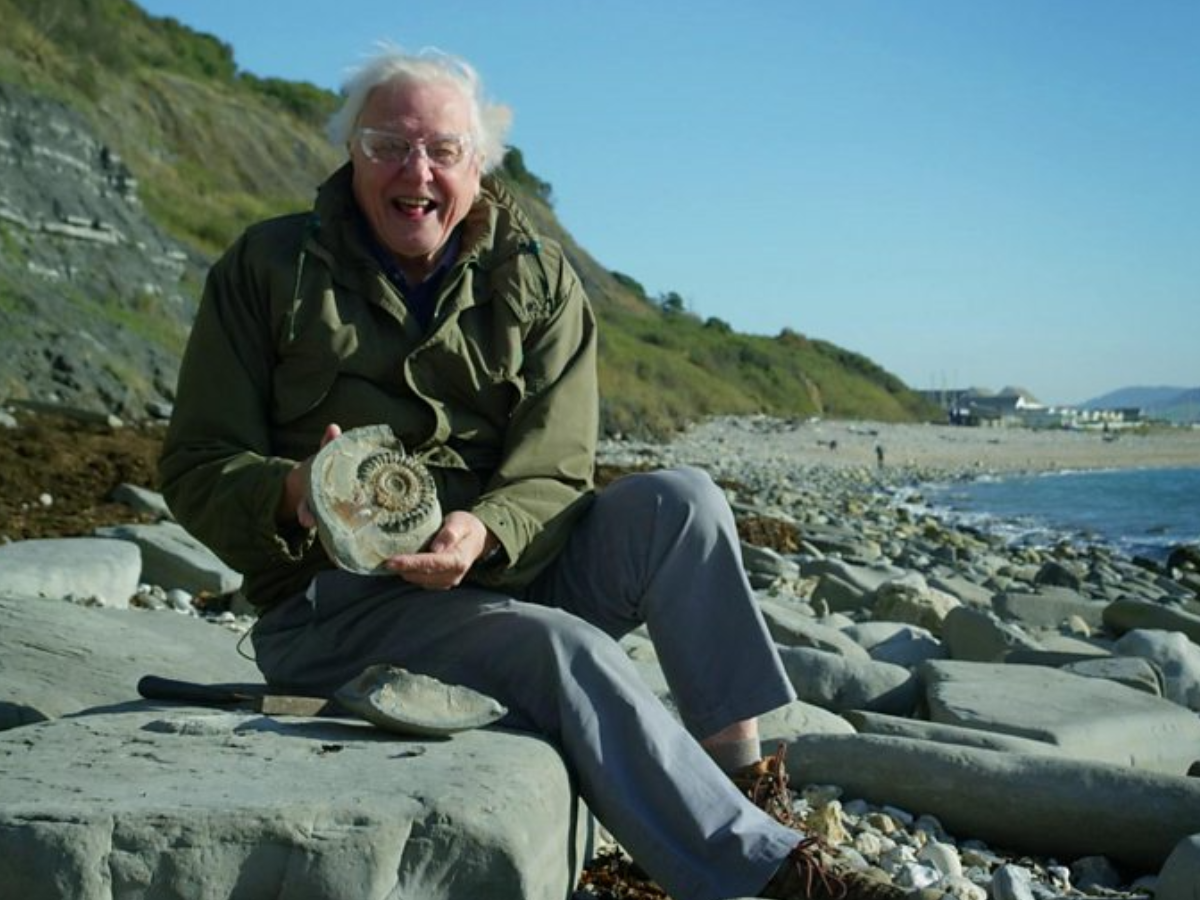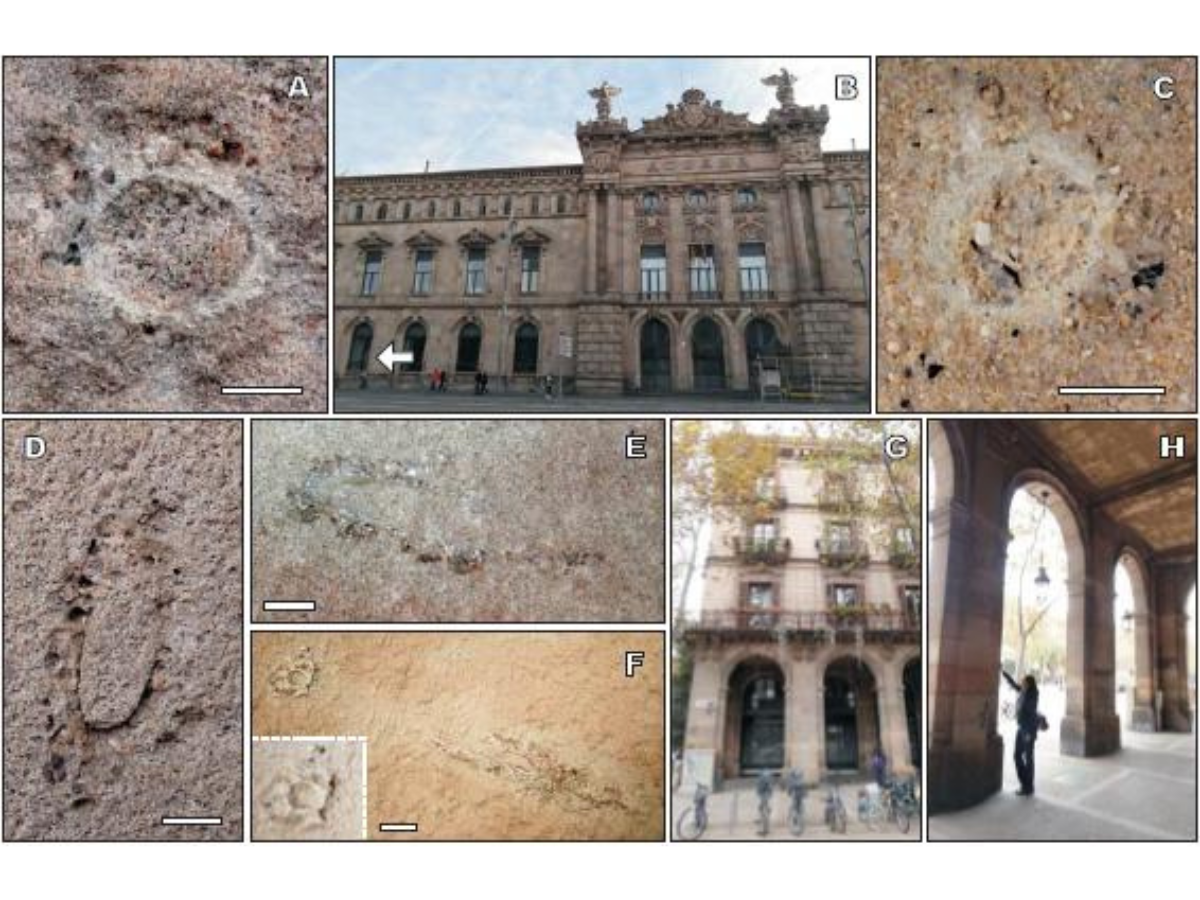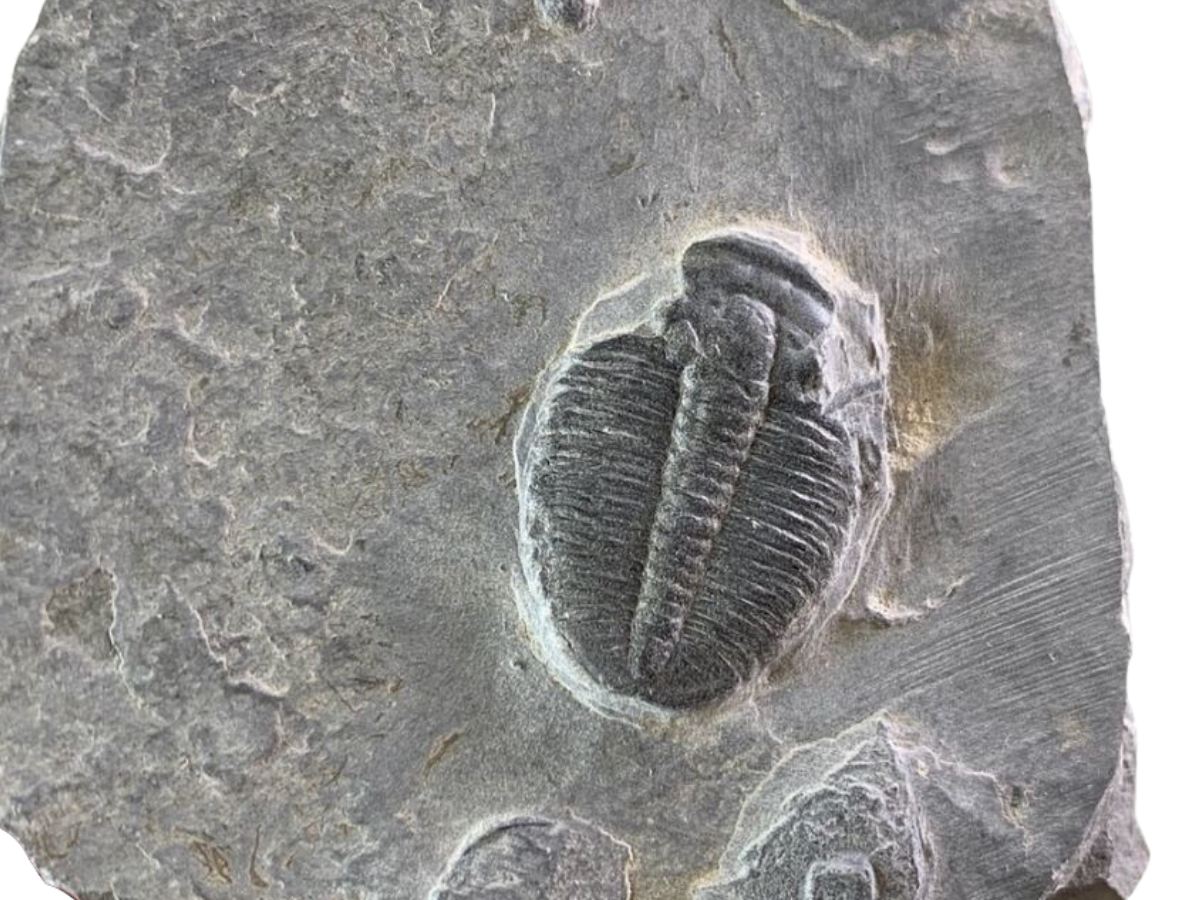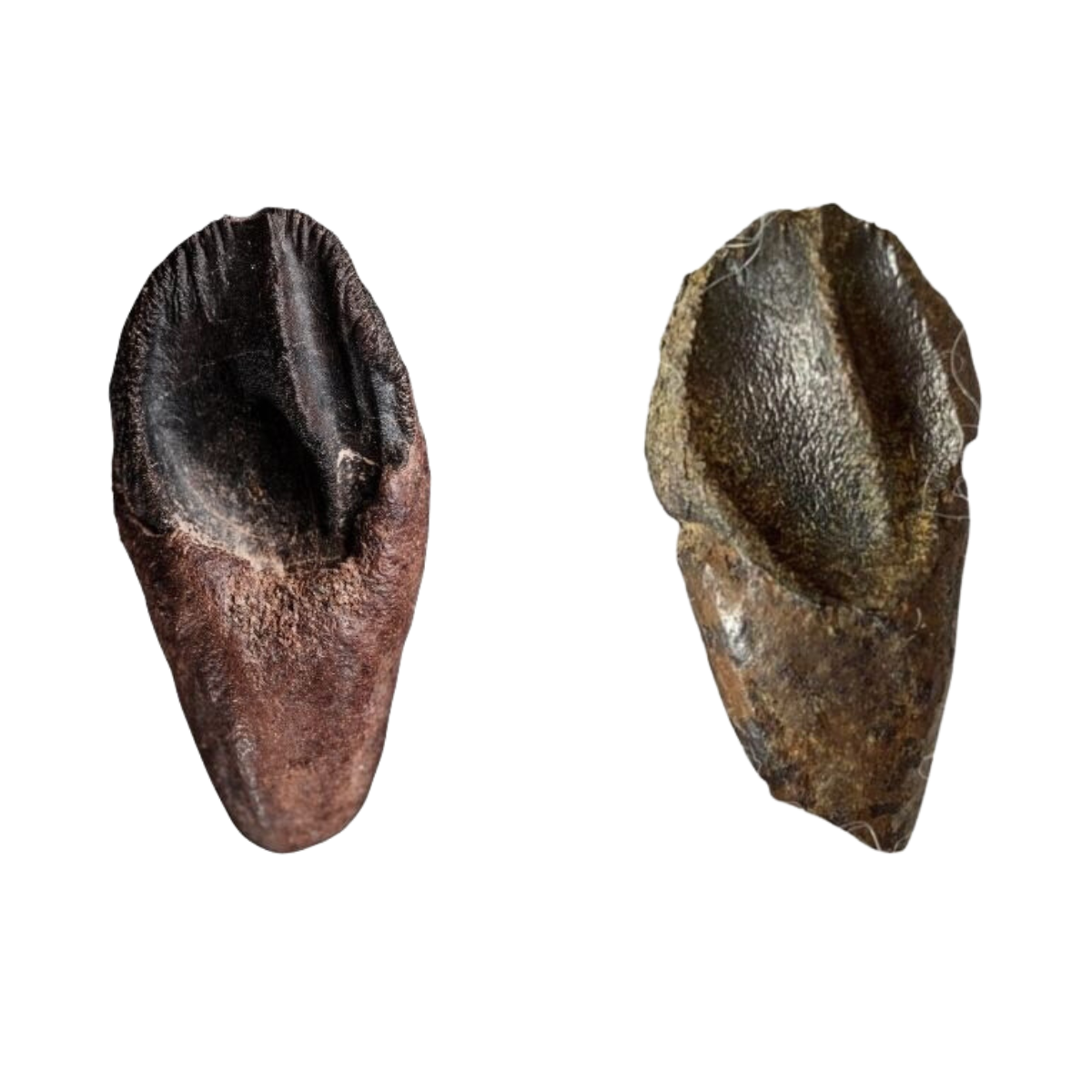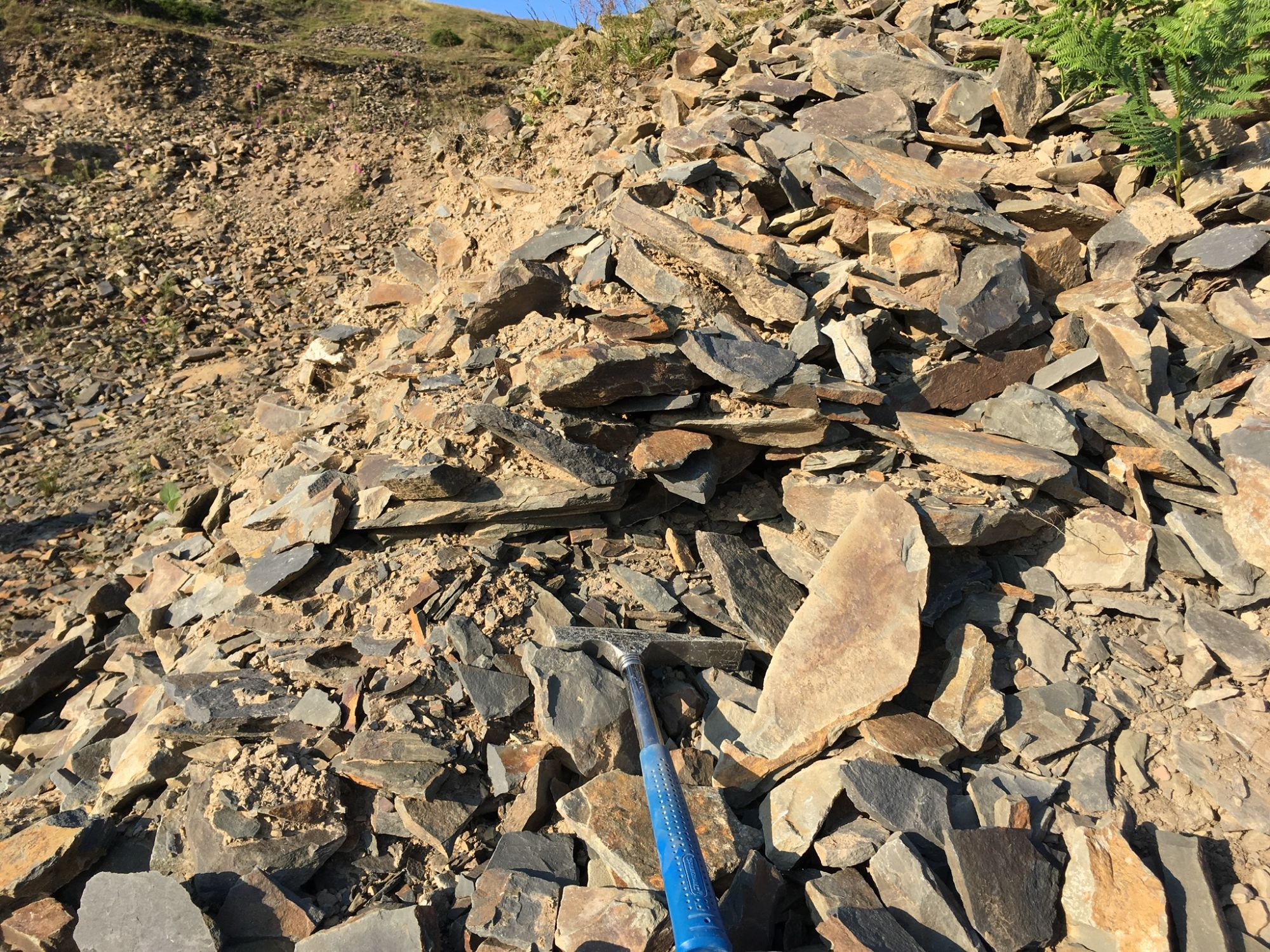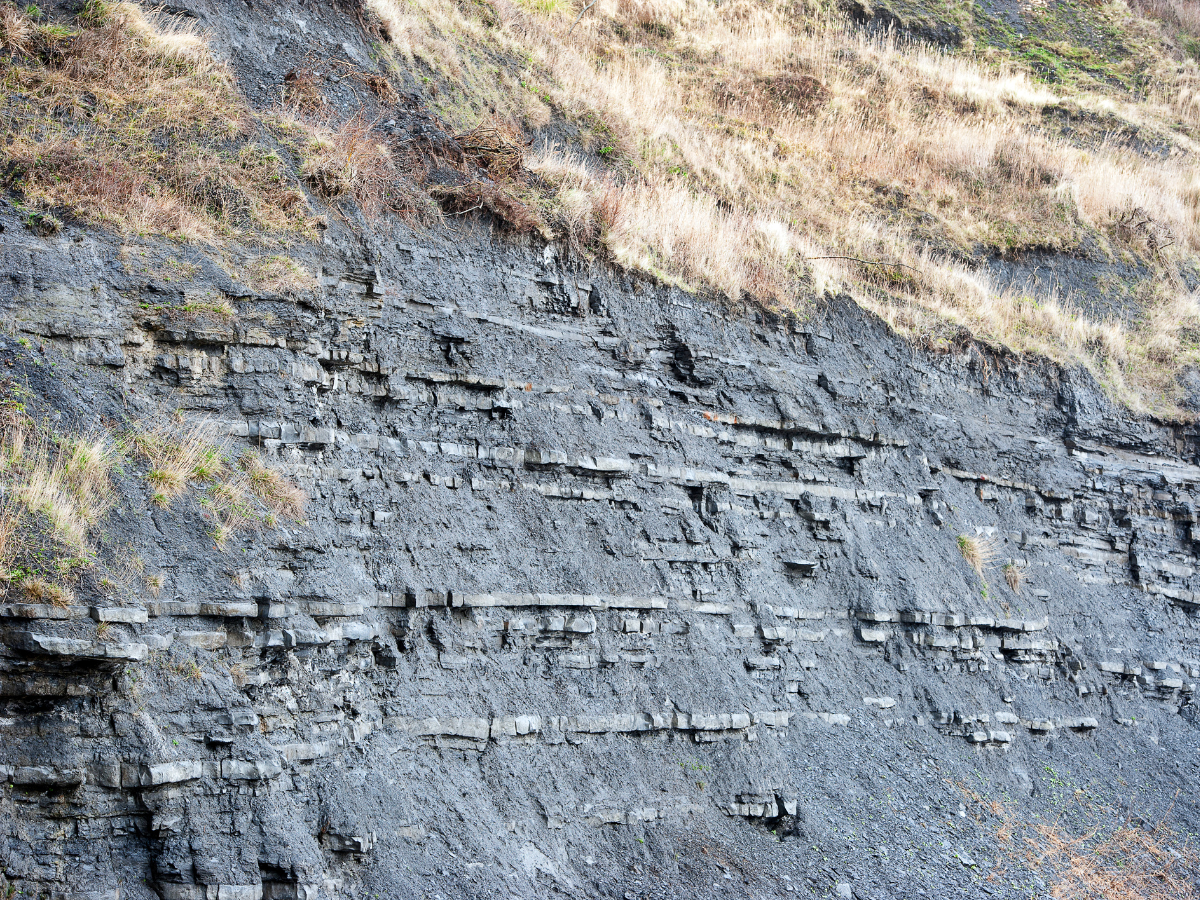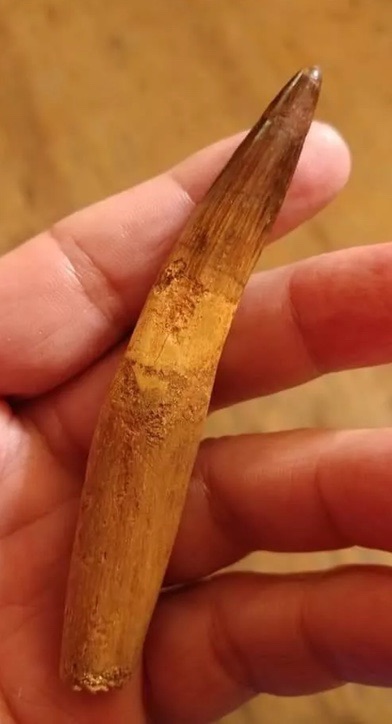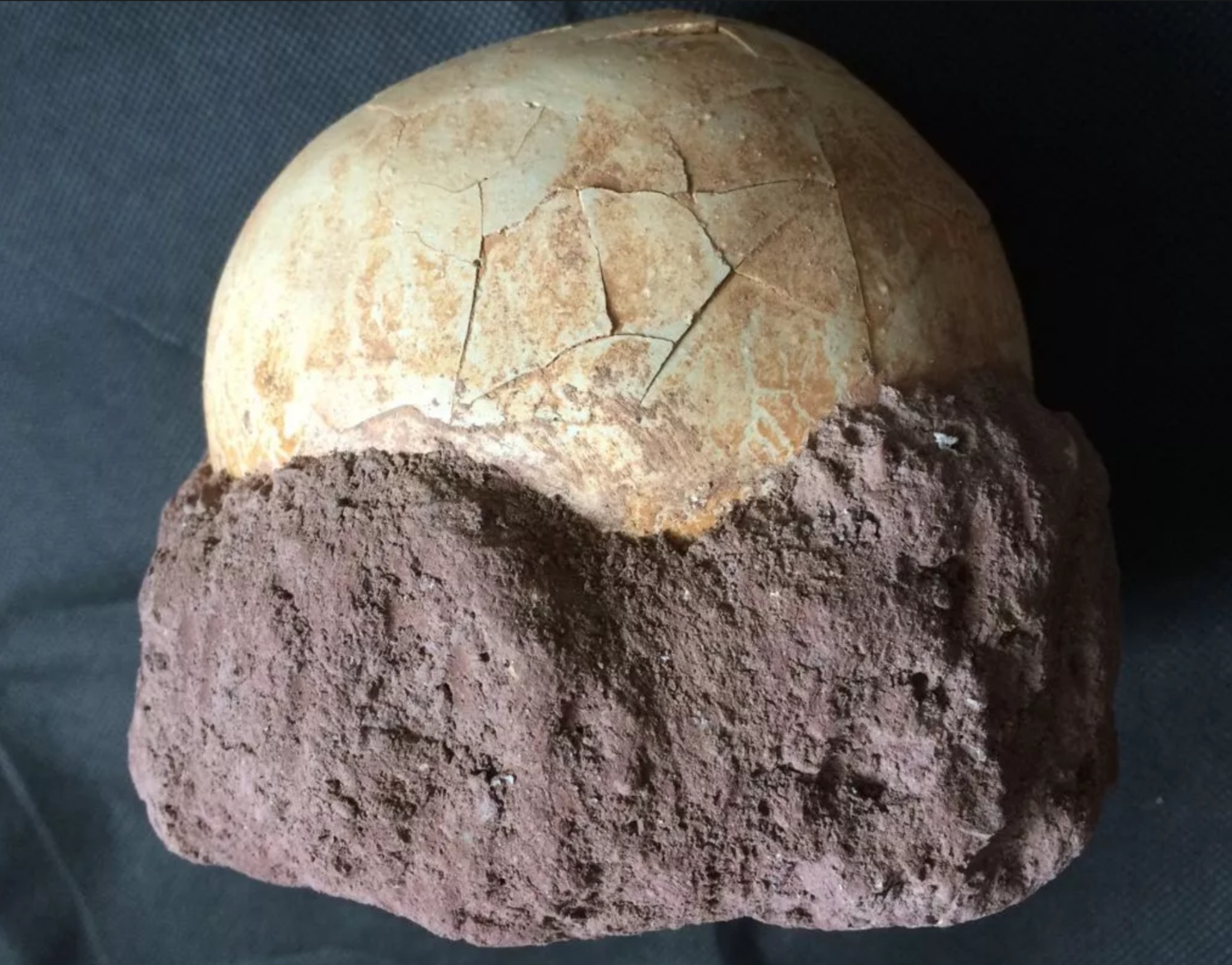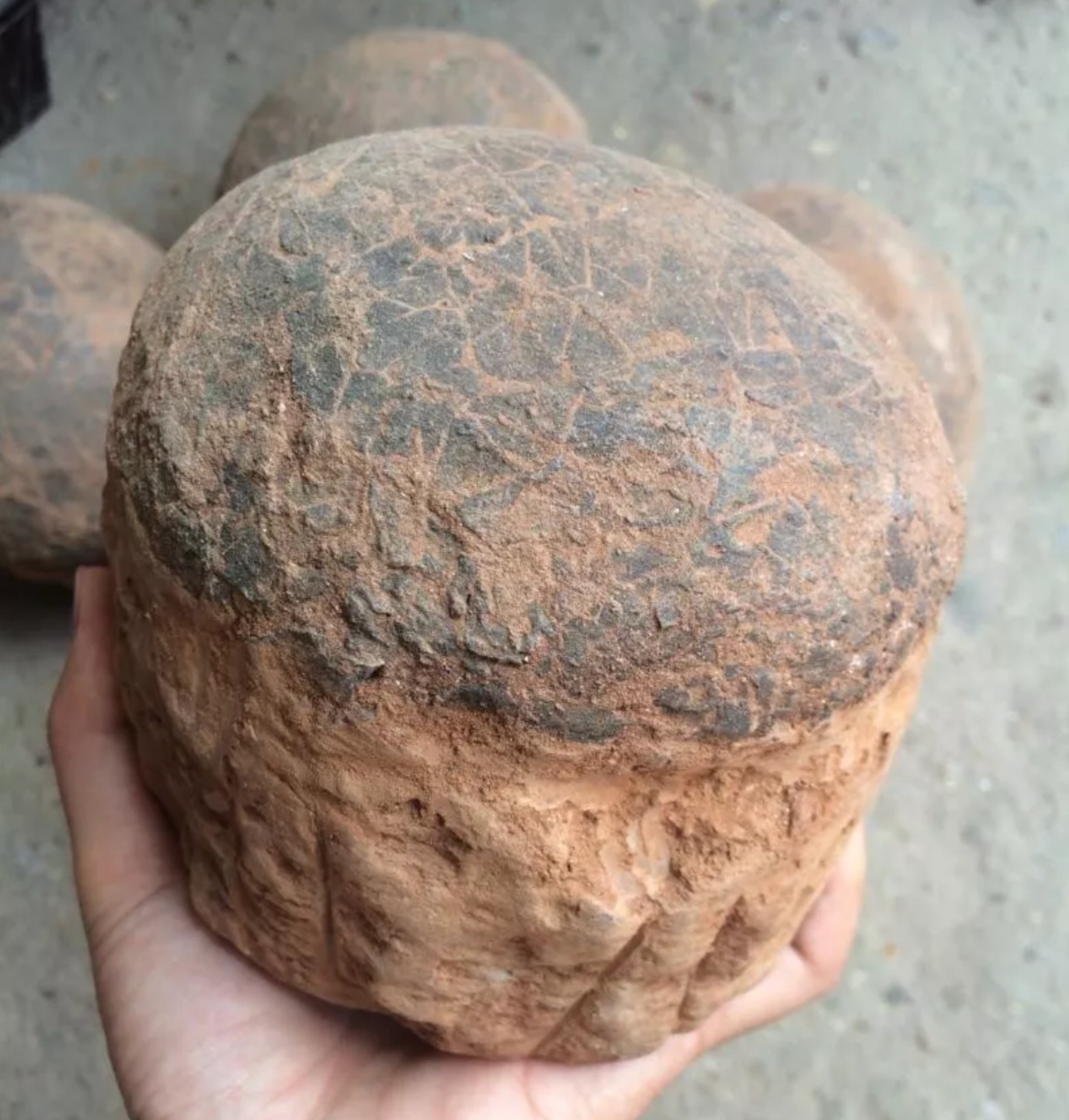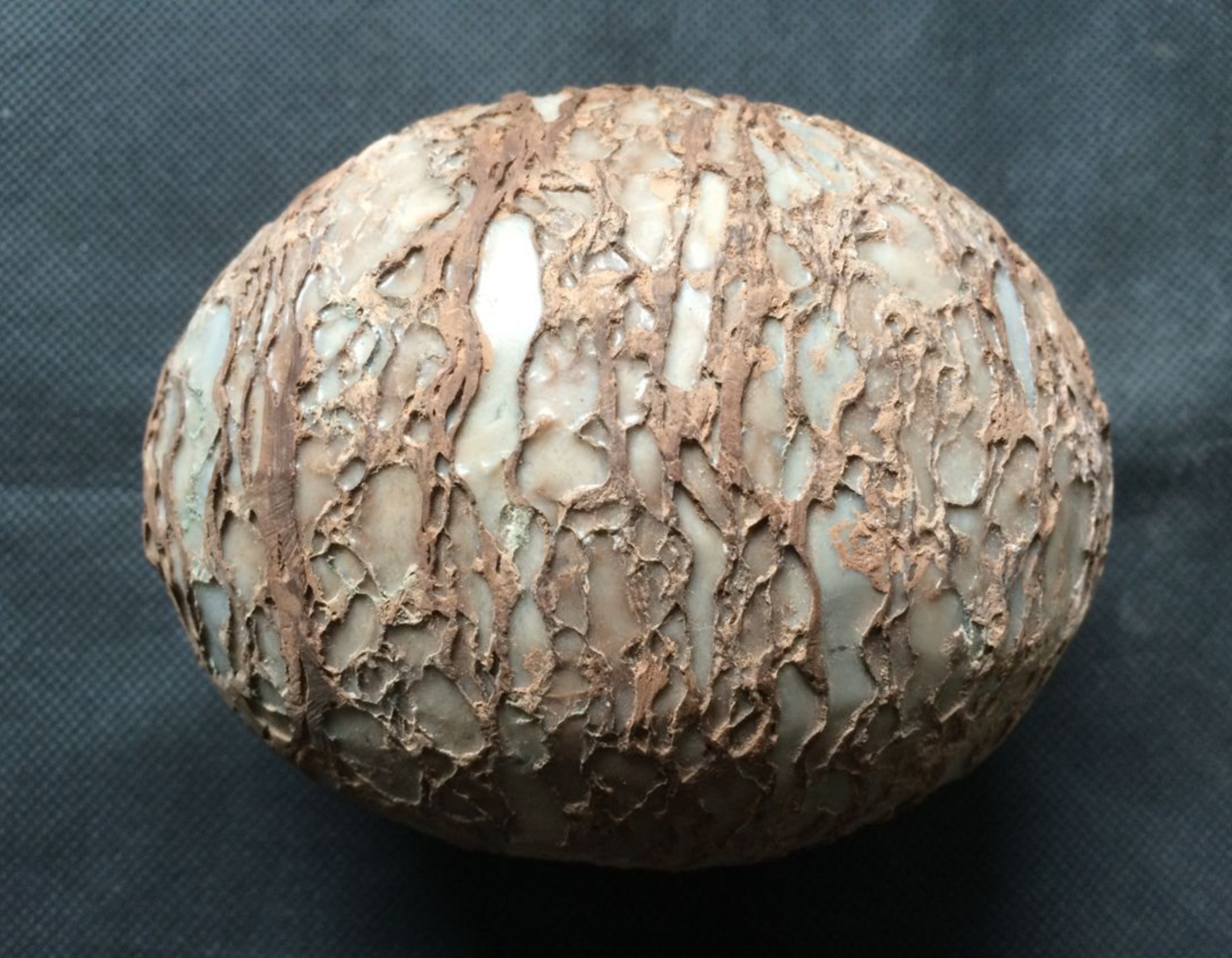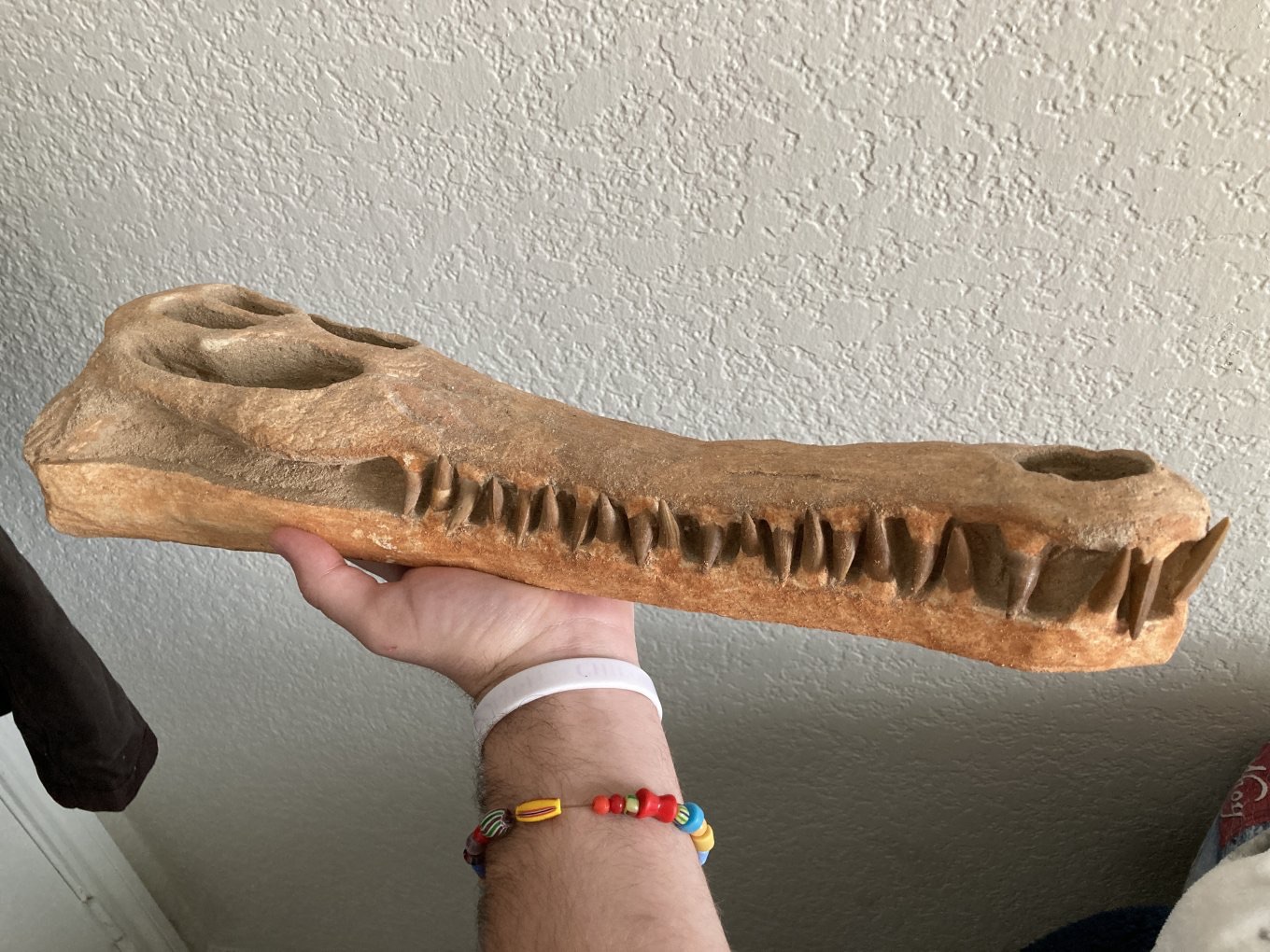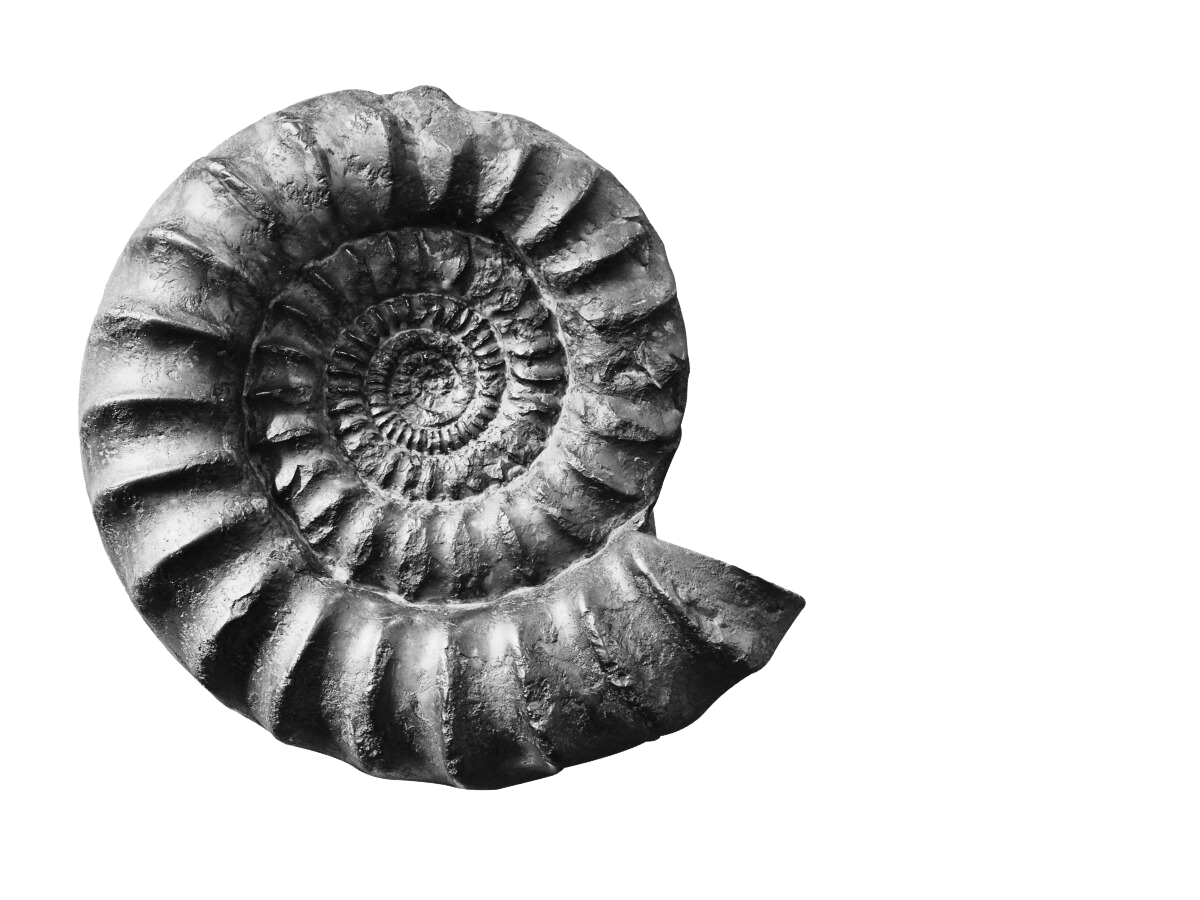
Collecting fossils: A beginner's guide to buying fossils
So you're going to start your own fossil collection, exciting!
Fossils are endlessly fascinating, but whether you want to purchase one fossil or begin a collection, it can be difficult to know where to start. And that's not surprising; there's been life on Earth for just shy of 3.5 billion years. For much of that time, life was microbial and took the form of microbial mats, which when layered on top of one another and fossilised are known as stromatolites. Some of these earliest lifeforms are found in places such as Western Australia, where the rocks of the Strelley Pool Chert preserve an eviroment that existed just over 3.4 billion years ago.
It wasn't until the Cambrian explosion (around 538 million years ago), that lifeforms rapidly expanded and diversified. This early complex life included the emergence of the first arthropods (such as trilobites), mollusks and echinoderms.
Why this explosion of life occured is a bit of a mystery, but it likely had something to do with increased oxygen levels during the Cambrian Period (which may have allowed for the evolution of more complex lifeforms), the evolution of new preditory and defensive strategies, which may have led to a kind of "arms race" between organisms, and changes in oceanic chemistry.
Some of those early complex life forms went extinct, leaving behind no descendants. This was the fate of the trilobite, which was one of the most successful life forms to ever exist; living in the world's oceans for around 270 million years, before going exctinct 250 million years ago. Others are ancestors of the life we see on Earth today. It's estimated that over the course of Earth's history, there have been billions or even trillions of individual species that have lived and gone extinct. The history of life on Earth is characterised by a vast array of species coming and going, with only a tiny fraction of them still existing today. Some of these animals will have lived in environments where fossilisation was either unlikely or impossible to occure. Others, specifically those that lived in shallow seas, rivers or on floodplains, were far more likely to be covered in sediment after death and have their bodies preserved.
With this in mind, you may start to get a picture of the wide array of fossils which have been discovered and the endless possibilities for a budding fossil collector!
is it ethical to collect fossils?
A true understanding and appreciation for our Earth's history cannot be gained through television and books alone, but sadly it's increasingly the case that these are the only places most people learn about the natural world. The world is littered with billions upon billions of fossils, the vast majority of which have no scientific importance, just waiting for people to discover.
Sadly, given the sheer number of fossils erroding out of the earth or being washed from cliff faces at any given time, most will weather away and be lost forever. Similarly, fossils are cut and ground up through industrial processes such as mining on a daily basis.
David Attenborough on whether the public should collect fossils:
"It's allowed to cut fossils into building blocks or grind to cement, it's allowed to sell fossils when quarry crushers grind fossiliferous rocks to dust" ... "I openly admit that I collected fossils! And I learnt a lot from that."
Many of the most important and famous fossil discoveries have been made by private collectors and it's important that academics and hobbyists work hand in hand to advance our understanding of Earth's past.
One sure way to get more people interested in the field of palaeontology is to inspire young minds and nothing does that quite like finding or owning your own fossil!
It is of course important to collect responsibly and abide by local laws. But we would encourage everyone reading this to get out there and find their very own fossil. Or if you know a friend or loved one who might be interested in palaeontology, consider buying them their very own fossil, it might just encourage them to pursue their interest further!
Starting your collection: PICK AN INTEREST
Before you purchase your first fossil, it's important to consider what interests you most. Is it the early lifeforms we discussed above? If so, you may want to start with trilobites. Their diversity and the extrodinarily long time they lived in the Earth's oceans mean their fossils are abundant and often inexpensive. Rarer and more elaborate trilobites can set you back a fair amount, but a common Moroccan trilobite or an Elrathia trilobite from the USA can be purchased at pocket-money prices.
Alternatively, perhaps you're desperate to get your hands on a real dinosaur fossil? In which case, you don't need deep pockets. Dinosaur fossils are found on every continet on Earth and in some rock formations they are very abundant. Again, their abundance owes to their long reign over every terrestrial habitat for the duration of both the Jurassic and Cretaceous periods. There are many types of dinosaur teeth found in large enough quantites to make them easily affordable to any collector.
is it real?
This is going to be at the forefront of any new fossil collectors mind. Once you've honed in on the types of fossil that interest you the most, I highly recommend researching your area of interest before making any purchases. Having a firm understanding of exactly what you've purchased - where it's from, how old it is, what kind of creature it was and the habitat in which it lived - will make owning your new fossil all the more exhilarating.
One of the most important things to look for when purchasing any fossil online is the location where the fossil was found. This is a basic piece of information which any dealer (or private seller) should offer. Without knowing where a fossil was found, it's often very hard (if not impossible) to know if the seller has identified it accurately. When it comes to locality, the more information a seller can provide the better. Ideally you will want to know the geographical location the fossil was found and the rock formation it was found in.
geographical location
The amount of detail a seller can provide will often vary from one type of fossil to another. In some cases, the place where a fossil was found can be pin-pointed down to the exact location. For instance, the Welsh trilobites we sell on our website were collected by ourselves, so we can even provide details on the exact quarry from which they were collected.
In other instances, such as with dinosaur fossils from eastern Morocco, that is often all the information we have. These fossils are collected from a geological group called the Kem Kem Beds. The individuals who collect these fossils do not record the exact location they were found and the fossils often change hands several times before they're offered for sale online. However, in this case, most dealers are so familiar with fossils from the Kem Kem Beds that they don't require an exact geographical location in order to identify them.
Geological Formation
A geological formation is not a locality, but rather a division of rocks which were laid down over a set period of time. Any one formation may have outcrops over a wide geographical area. Knowing the formation in which a fossil was found will often greatly increase your chances of identifying it accurately. Take for instance the Hell Creek Formation; this is a division of rocks which were laid down by river channels and deltas during the Late Cretaceous period. This formation has been studied intensly and has outcrops across several US states (Montana, N. Dakota, S. Dakota and Wyoming). We have a good understanding of the plants and animals found in this formation. Among the animals found there are some very well known dinosaurs, two of the most famous being Tyrannosaurus rex and Triceratops. In the case of dinosaur fossils, if you plan to collect them, it's essential to have an understanding of the geological formations in which any given dinosaur can be found.
restoration
One of the biggest issues you will face when purchasing fossils, particularly online, is identifying whether a fossil has been restored. Many fossils are not found in one piece and require repairs. Others are missing parts and in some cases these parts are "restored" to make the fossil more visually appealing.
Personally, I believe restoration should be as limited as possible, but this is all down to personal taste. However, unfortunately a seller will not always disclose or know how to spot areas of restoration, which means it's highly advisable that you become well aquainted with common restoration techniques and how to spot them.
SPINOSAURUS TOOTH WITH FAKE ROOT
Here is an example of a real spinosaurus tooth... well 50% real at least. It's fairly common for Moroccan fossil dealers to attach fake roots to real teeth in order to try and increase their value. We don't sell such fossils but any seller that does should make the it clear that the root is fabricated. Sadly this isn't always the case.
fakes
Lets start with the good news first. Of all the larger fossil dealers I've encountered over the years, I can confidentely say that none would knowingly sell a fake fossil. And of the fossils offered privately on auction websites, the vast majority are offered are completely real. But sadly, where there's money to be made there will always be fakes, so lets take a look at some common examples so you don't make the mistake of handing a theif your hard earned cash.
FAKE DINOSAUR eggs
Here are three examples of fake dinosaur eggs offered for sale online. Dinosaur egg number 3 is particularly terrible in that it in no way resembles a real fossil egg. The other two are more egg-like, but on closer inspection they are clear fakes, lacking any of the surface detail you would expect from a real dinosaur egg. When purchasing dinosaur eggs it's important to get detailed images of the surface of the eggshell. For further help on dinosaur eggs, please refer to our dinosaur egg guide.
FAKE MOSASAUR JAWS
Some people may call this a "composite", others a fake. What's for sure is that these are widely available and can in no way be described as real Mosasaur jaws. These pieces consist of real Mosasaur teeth, placed into a sandstone block. The "jaws" are commonly created using plaster or ground up animal bone. Once you've seen a few real Mosasaur jaws, these ugly fakes are very easy to spot.
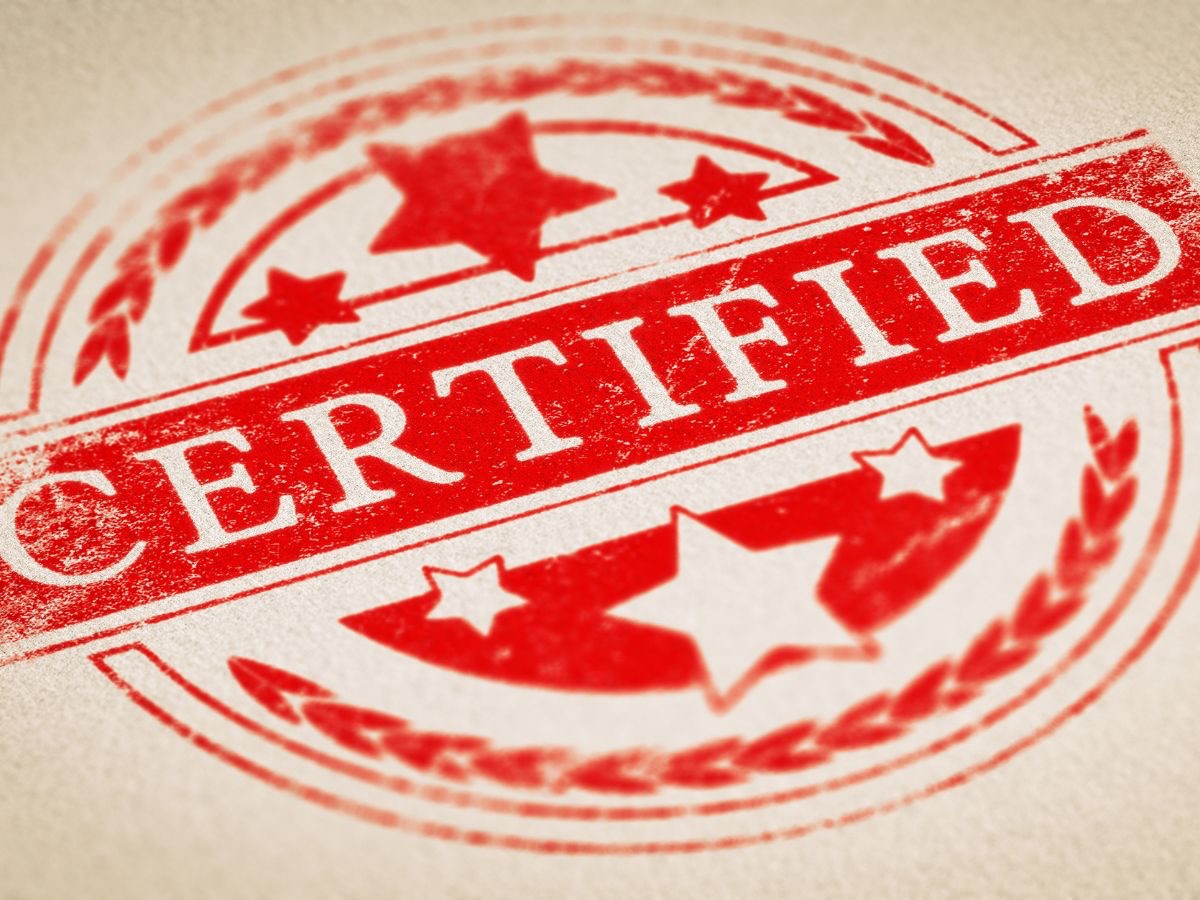
Certificates of authenticity
New collectors often email us asking if we provide certificates of authenticity. We do not offer certificates with the fossils we sell as there is no official body which authenticates fossils, so to offer them to customers would be a bit misleading. A certificate of authenticity really isn't worth the paper it's written on.
Whenever we get requests for certificates from new collectors, we always recommend they get some independent advice to satisfy them that a fossil is real before making a purchase. That feeling of holding a real fossil, of a connection to the Earth's past, is an exhilerating one, but you're only going to experience it if you know the fossil you're holding is real. For any collector who is unsure, I recommend thefossilforum.com.
I also urge any new collectors to research a dealer; check for reviews from past customers and ask other collectors, if you know any. But never rely on a certificate.
That concludes our beginner's guide to fossil collecting. However, if you have any questions not answered here, just drop us a message via the "contact us" form and we'll get back to you shortly.

